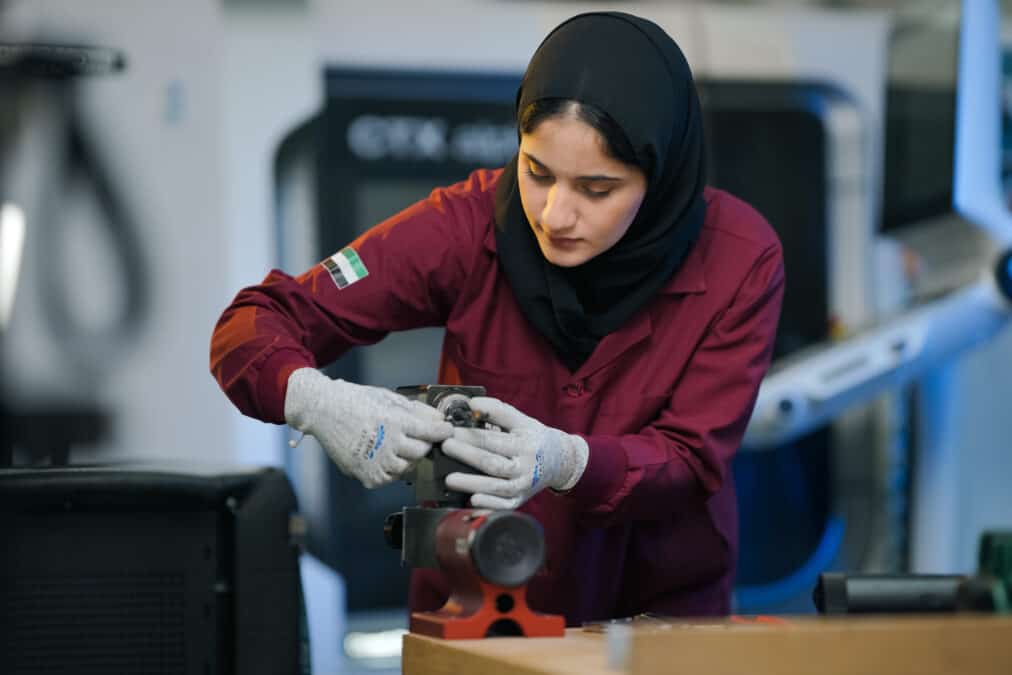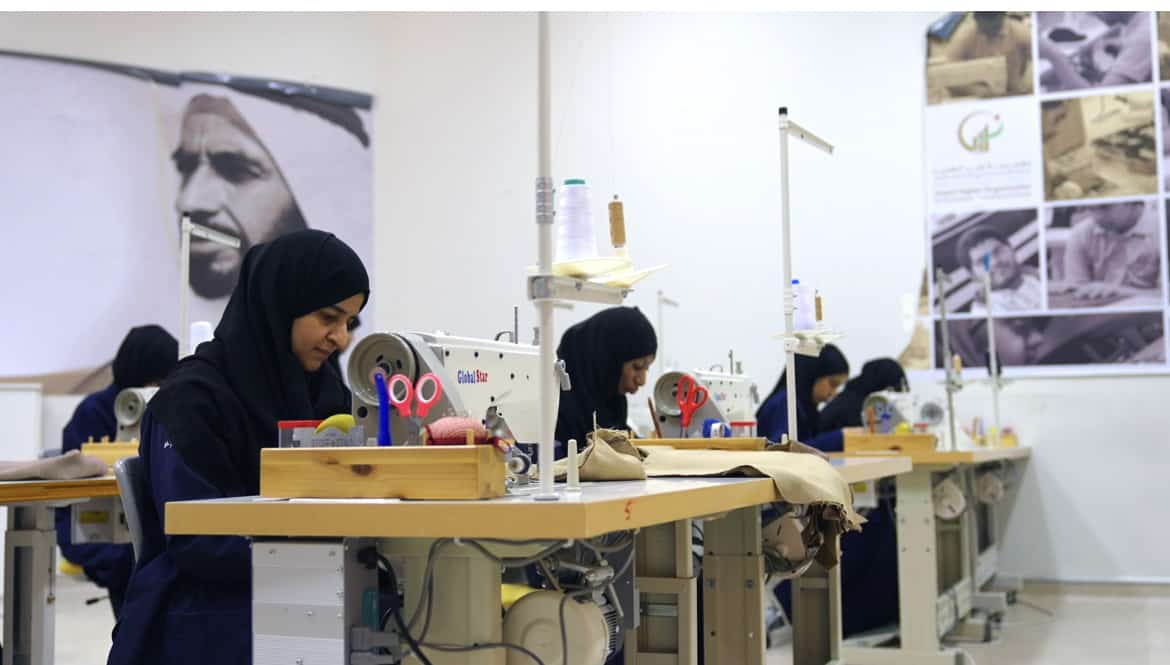DUBAI, UAE — From increasing women’s representation in leadership and decision-making to redistributing care-work and productive resources, progress towards gender equality in the workplace starts with acting today.
Women in work face several challenges that vary from managing work-life balance to access to training and development. For example, young women lack access to training opportunities and fair opportunities to career advancement and flexible working hours among others.
“To make meaningful and sustainable progress toward gender equality in the region, businesses need to embed diversity strategies for the entire career lifecycle, setting diversity KPIs to ensure fair assessments for women and reinforcing supportive workplace cultures are critical steps for MENA employers to effectively attract, recruit and retain talented young women” Norma Taki, PwC Middle East Diversity, and Inclusion Leader told TRENDS.
On an average, 40 percent of working-age women in the GCC countries are in employment, compared with 64 percent across the OECD. From a global perspective, the Middle East has the lowest female labor force participation.
In fact, the region is losing out on female talent, and female representation at senior management levels remains low, owing to a variety of factors such as strict working hours and days, as well as unequal compensation, processes, and decisions in addition to the lack of diverse and inclusive culture in some companies, according to Taki.
She added that companies should begin to include the following actions:

- The ‘tone from the top of leadership commitment
- Developing and maintaining relationships with a talent pool of women on career breaks as potential returnees.
- Diversity and inclusion in culture and brand, for example, inclusive language in job descriptions
- Ensure and promote female representation at all levels of the organization.
- Unconscious bias training for recruiters and diverse hiring
- Ensure that the recruiters are diverse.
- Performance evaluation that is standardized and transparent Gender balance is drilled down to the team level.
However, according to her, there is no one-size-fits-all solution for implementing gender diversity and equity, particularly in the region, as challenges may be similar. Still, specific solutions must be tailored by country and sometimes by the team. Thus, companies also need to consider the social and cultural nuances when implementing global solutions in our region.

Taki, on the other hand, believes that innovations and technology can be used to ensure equality and rights in various ways by helping to narrow the gender gap through data to advance gender equality discussions.
“Data allows policymakers to plan by identifying gaps and highlighting underrepresented women. Furthermore, technology provides women with access to employment opportunities and job searches and data that bridges the gender gap to advance gender equality discussions. It gives them access to a network of communities that empowers them and offers mentorship and growth opportunities,” she said.
She went on to say that while technology has many advantages, it is essential to focus on the following areas:
- AI gender bias (humans impart their preferences to AI, including gender, race, or age) – as AI uses data generated by humans as a starting point, it also inherits human flaws such as biases based on age, gender, or race. We must ensure that training samples are as diverse as possible to avoid long-term AI bias. The backgrounds of the people developing the technology and servers must be diverse.
- Improve tech literacy/confidence – Women may be more hesitant to engage with technology or believe they are less technologically literate than men. Providing opportunities for women to support and develop these skills to engage with technology is critical.
- Women’s needs must be considered while developing tools and technology – Technology must advance to cater to all consumers, regardless of gender. Because half of today’s consumers are females, developing products and tech tools with females in mind is innovative.

